Developing the people on our teams can sometimes feel like a daunting exercise for leaders and for the HR professionals who support those leaders. The Price-Roberts Model for development is a self-development approach jointly created with Dr. Ian A. Roberts that is driven by the associate not the leader. The model is also absent any external approaches to correct but rather an internal, reflective practice that every member of the team is encouraged to embrace. It emerges from the belief that we all have a shared accountability to a larger purpose to ourselves, to our team members, our customers, and to our organizations’ missions.
Awareness
According to Korn Ferry, one of the world’s largest development organizations, the first step in developing or changing is awareness. In order to improve performance, awareness is the first step. The Price-Roberts Model suggests that awareness is activated by self-assessment. Employees or associates are invited to assess themselves to determine their own strengths and gaps. Again, the leader does not conduct the assessment. The Price-Roberts Model considers the negative feelings that persist when being evaluated by others. At the foundation of the Price-Roberts model is the imperative that the leader create a work climate whereby each individual feels safe to be honest with himself or herself first.
Reflection
The second step in the Price-Roberts model is reflection or taking time to internally focus. Each associate is invited to go inward and review what he or she has experienced as a result of his or her existing assignments or past experiences. The purpose of this reflection is not to incite guilt or shame, or to dwell in the rear-view mirror of one’s journey. The purpose is to be introspective and compare desired results with achieved outcomes. Each associate is then invited to review those areas where there was alignment between desired outcomes and outcomes actually accomplished. The leader’s only job during this portion of the process is to be supportive, nonjudgmental, and to help identify themes. The leader can be very instrumental in helping the associate identify what tools and suggestions are personally applicable and could enhance performance.
Decision
The third step in the Price-Roberts model is the decision point. At this stage in the process each associate is invited to embrace a tool or to experiment with a practice that would help him or her achieve the larger goal, be true to himself or herself, embrace the concept of team, or satisfy the needs of the organization. While awareness is the first step in the Price-Roberts model, this decision point is where being motivated to act comes to life. This is where two-way communication and action-oriented feedback are critical. Until this point every action has been one of thought and not one of commitment. At this stage in the process the leader’s role is to encourage deciding on and documenting actions that represent items to which the employee or associate can fully commit and carry out.
Action
The fourth step in the process is where the rubber meets the road. Many leaders get stuck here, but mostly because they want to start here. While action is critically important, it can be misguided without the first three steps in the process. In most instances, actions without analysis and data-gathering often lead to misalignment. It is important to note that this step of the Price-Roberts model is where empathy and compassion might be tested. When employees or associates try out new skills, they may resort back to methods that have been unsuccessful in the past or contradictory to the stated mission and vision of the organization. This is where leaders will allow multiple opportunities for employees and associates to get it right. In this testing phase leaders are more likely to be successful if they prepare themselves for a few failures along the way. Although the empathetic and compassionate leadership approach contradicts the “sense of urgency” narrative of contemporary organizations, this approach has the potential to significantly impact and shift the organization’s culture toward increased investment and commitment of its people.
Check
If not properly enforced, the “check” step in the process could be incorrectly perceived as evaluative. The purpose of the timely check-in is to make sure that the impacted associate is achieving his or her own goals, aligning to his or her larger purpose, and supporting the organization. Again, the purpose is not punitive. Rather, the purpose is to gauge for alignment and to activate growth-oriented feedback. Checking is a method to ensure that the leader does not falter on providing targeted support nor abandons shared accountability for action plans informed by the associate and jointly decided upon. Within a healthy culture, every employee should feel safe to confide in at least one person within the company. In fact, a sounding board can be especially helpful for associates who might be struggling.
This different approach to development has proven to reduce the number of PIPs necessary and associates have proven that, when treated as involved stakeholders, they can astonish us with their ability to reach consistently reach goals.


